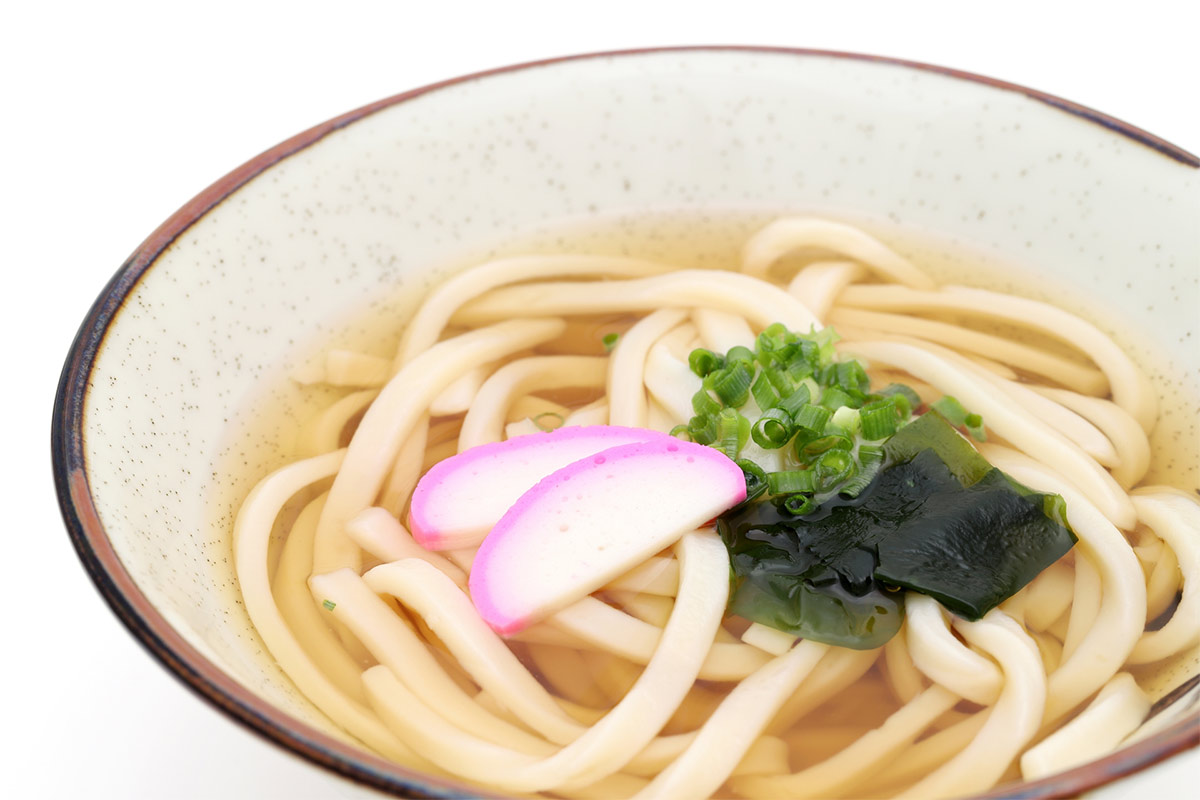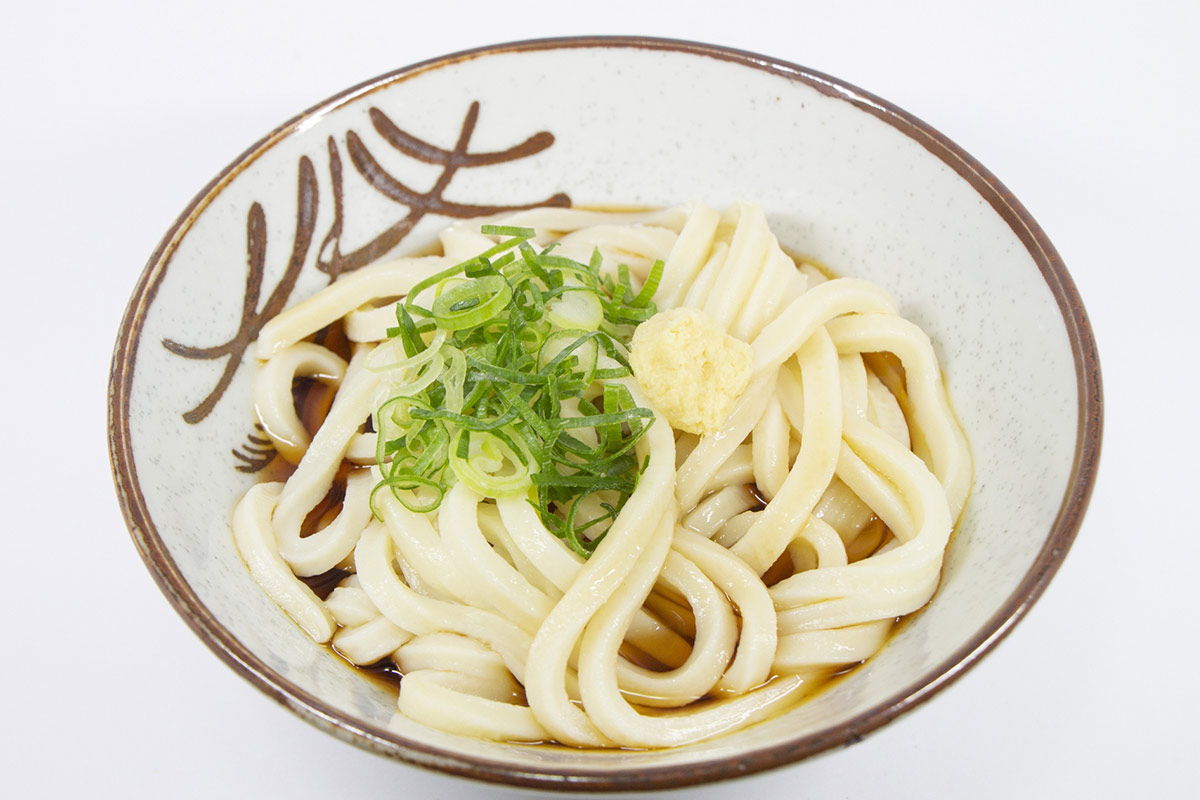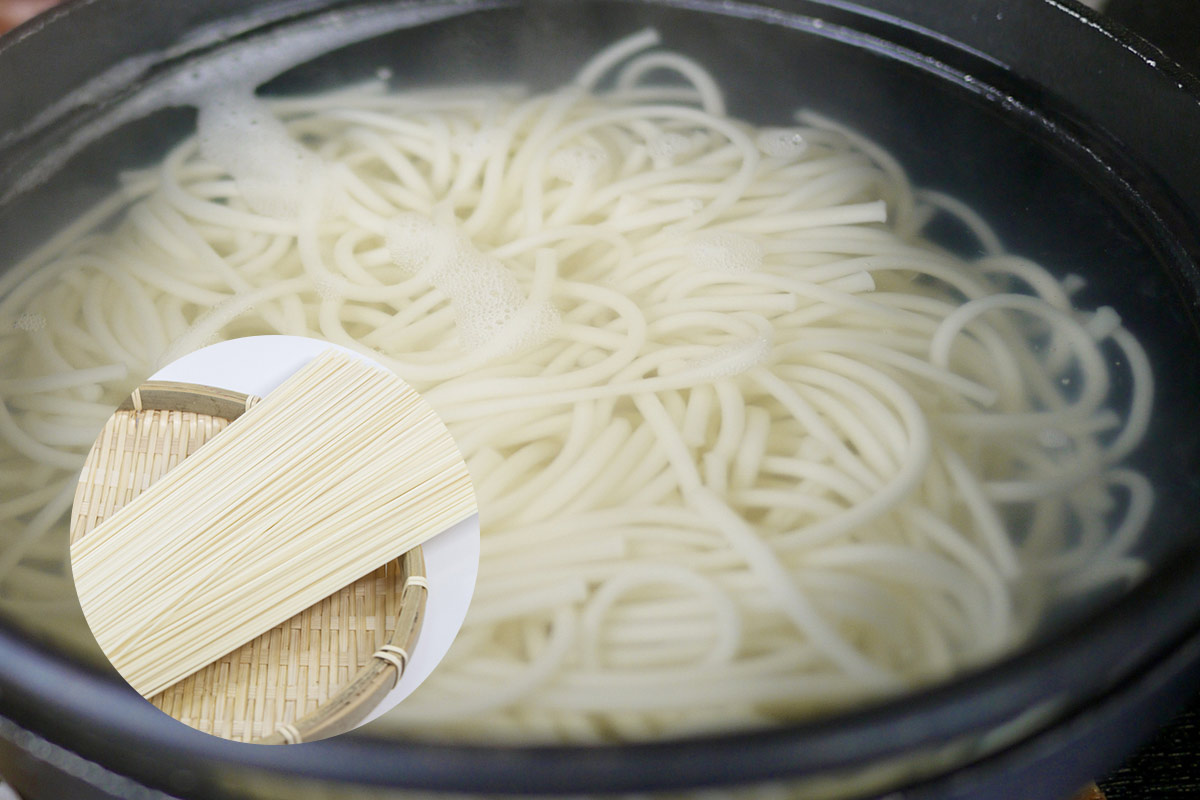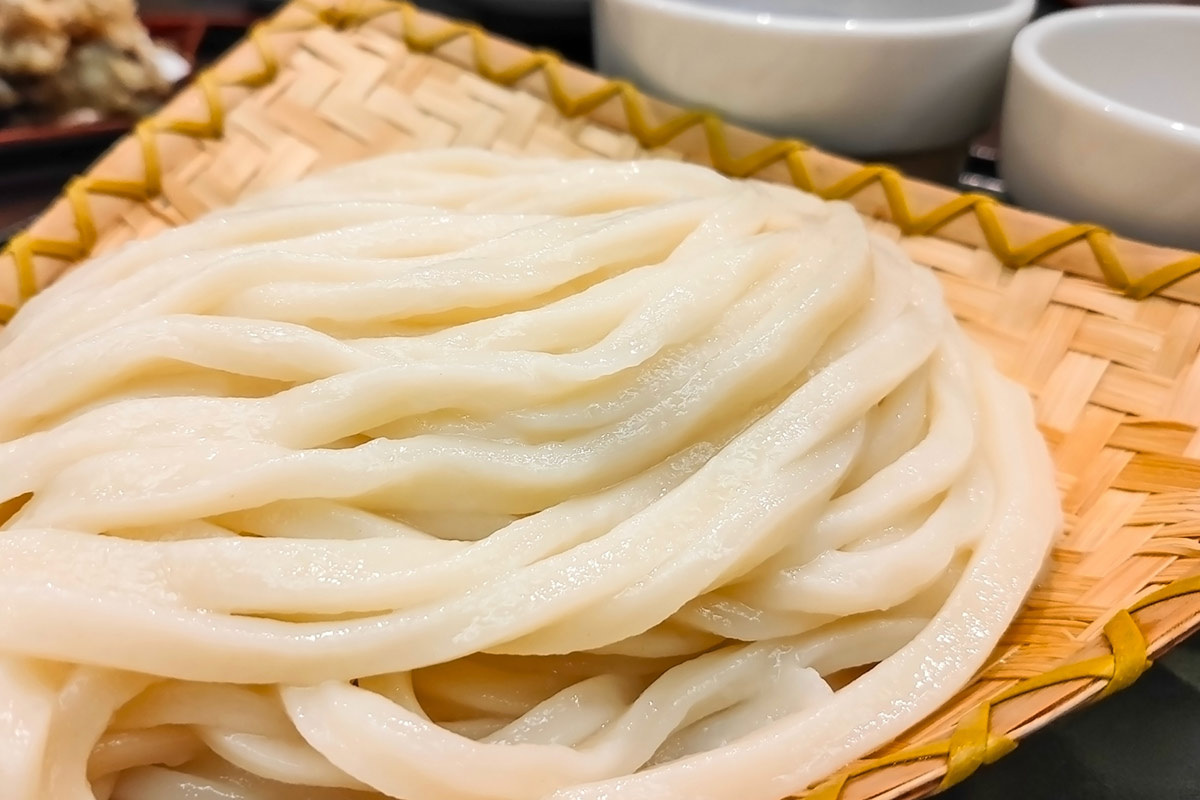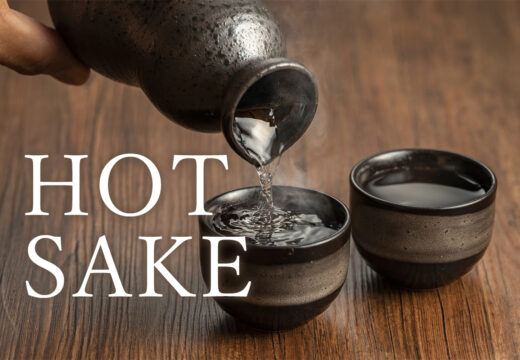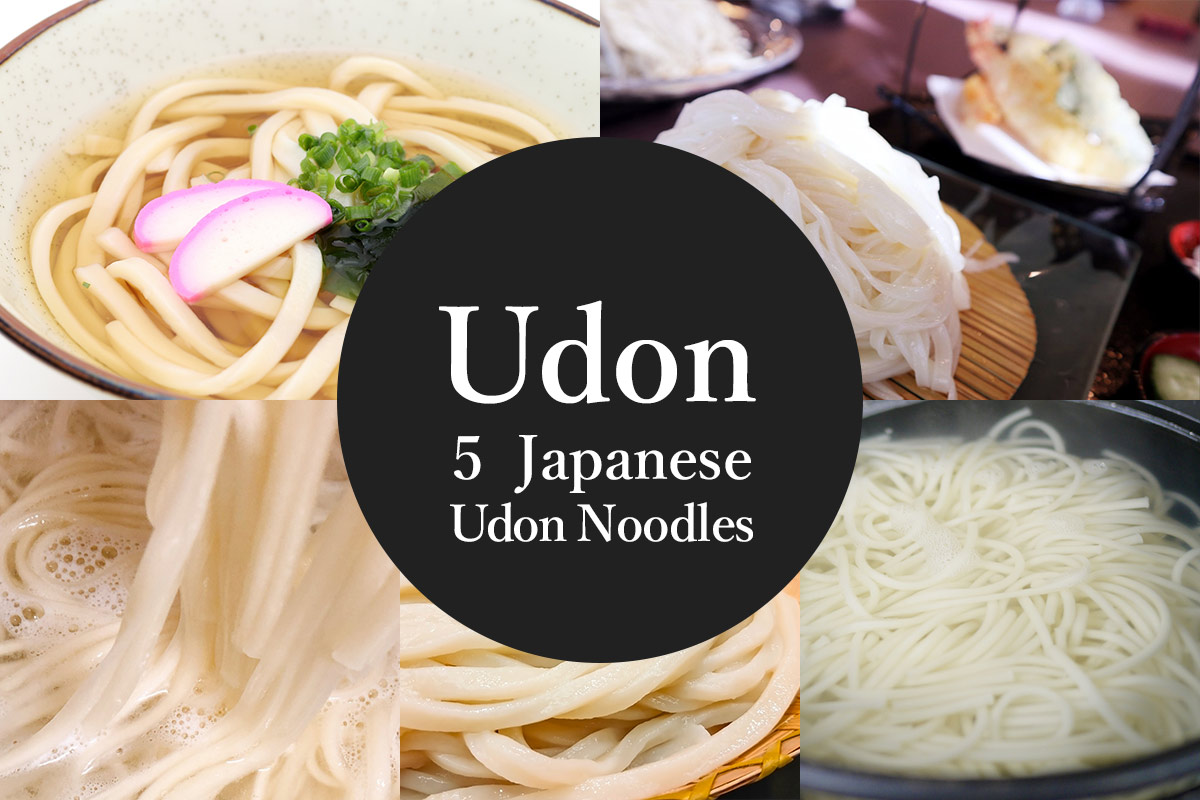
In Japan, there is a noodle dish called Udon.
Do you know Udon?
Udon is made out of wheat flour.
It is sometimes served in hot soup.
Udon noodles may also be served cold with soup.
In fact, this “Udon” dish differs in the shape of the noodle and the way it is made depending on the region.
They say there are over 30 different kinds all over Japan!
Here are five of the most famous Udon from all over Japan.
1. Sanuki Udon(Kagawa)
One of the most famous Udon noodles in Japan is Sanuki Udon(讃岐うどん).
Sanuki is the name of a region, located in Kagawa, Japan.
Kagawa Prefecture, also known as “Udon Prefecture,” has so many udon restaurants.
Sanuki udon are characterized by their thick and sticky texture.
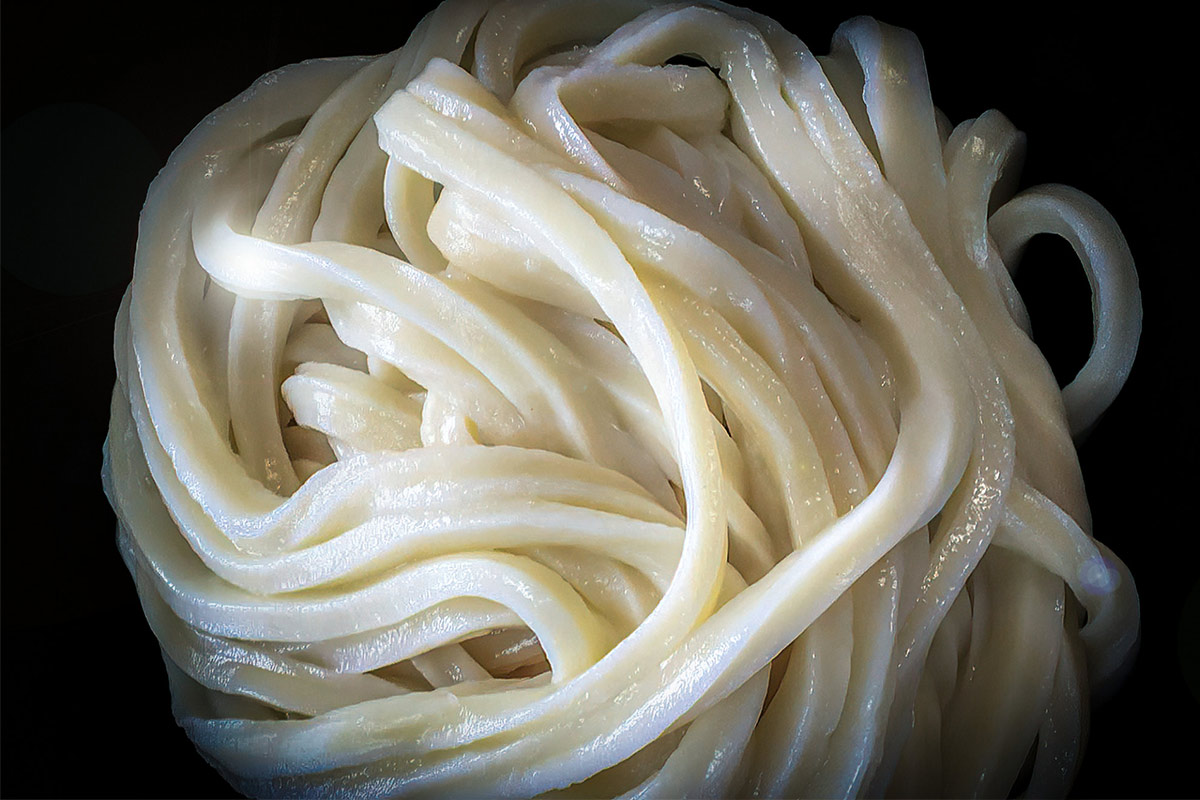 I have the impression that many people eat the noodles in a simple way to enjoy the texture of the noodles.
I have the impression that many people eat the noodles in a simple way to enjoy the texture of the noodles.
2. Inaniwa Udon(Akita)
Inaniwa udon(稲庭うどん) originated in Akita, Japan.
Its history is very old, and Inaniwa udon was born in 1665.
Inaniwa udon was a luxury item at that time, as it was delivered to shoguns, feudal lords, and other people of high rank.
The thin, flat noodles are characterized by their smoothness.

The noodles are clear and beautiful to look at.
3.Himi Udon(Toyama)
Himi udon(氷見うどん) originated in Toyama, Japan.
Himi udon originally comes from the Japanese noodle dish “Somen”.
On the left is somen noodles and on the right is Himi udon.
The noodles are thin, but very elastic and have a rice cake-like texture.
*Check out this article about rice cakes.
To make these noodles, they form the dough into a long rope-like shape and stretch it many times to make it thinner.
I would like to see Himi udon making once.
4.Goto Udon(Nagasaki)
Goto Udon(五島うどん) born in Nagasaki.
They say these udon noodles have their roots in China!
Thin noodles, round shape. They use grilled fish for the soup.
Even though Goto udon has a long history of birth, it seems that it is still not well known. In fact, I didn’t know that either…!
I’ll definitely try it next time I’m in Nagasaki!
5.Mizusawa Udon(Gunma)
Mizusawa udon originated in Gunma and was originally served to visitors to the Mizusawa Temple.
These udon noodles are still made in the traditional way, using only flour, salt, and water from the area.
Mizusawa-dera Temple has long been visited by many worshippers, and when the temple served udon noodles, they were so delicious that they quickly gained a reputation throughout the country.
Extra: Kounosu Kawahaba Udon
Finally, here are some interesting udon noodles I recently ate.
Kawahaba udon(川幅うどん) is named after “udon as wide as a river”.
The noodles are very flat, but when you eat them, you tear them to your liking.
What a strange udon!
I looked it up and found that it is udon from Saitam. I would like to try it at a local restaurant sometime.
There are many different types of udon in Japan, so be sure to check out their noodle shapes and textures!


